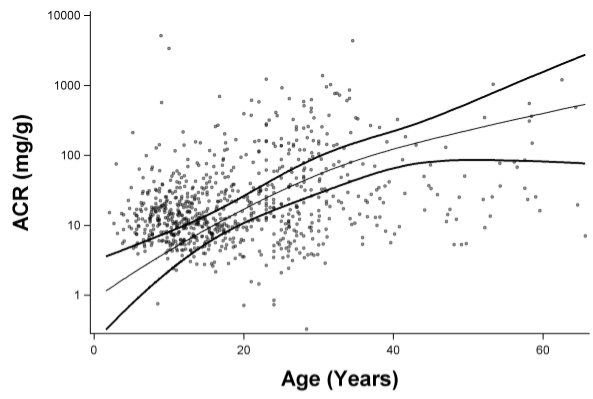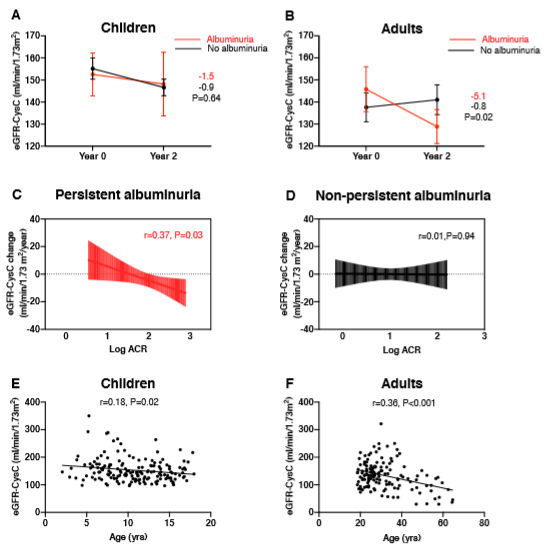Preventing Adult Sickle Cell Deaths From Kidney Disease May Start With Improved Childhood Testing
Research By: Omar Niss, MD | Punam Malik, MD
Post Date: April 15, 2020 | Publish Date: April 14, 2020

A study that tracked more than 300 people with sickle cell disease for three years reports that the risk of developing kidney failure can be predicted years in advance–a finding that researchers predict could help save lives.
Chronic kidney disease (CKD) is a major cause of death among people with sickle cell. As many as 30% of adult patients have CKD, which can lead to potentially fatal kidney failure. Once people reach end-stage renal disease, those who also have sickle cell are three times more likely to die within a year compared to those without sickle cell.
The key to assessing the risk of kidney disease is to track the progression of “albuminuria,” an early stage of CKD that starts in childhood, according to a study published in Blood Advances. The study, which involved 11 US medical centers, and one in Jamaica, was led by Cincinnati Children’s sickle cell experts Omar Niss, MD, and Punam Malik, MD.
While many sickle cell patients experience short, benign bouts of albuminuria, only some develop a persistent condition, defined as having an albumin-to-creatinine ratio (ACR) exceeding 30 mg/g for two or more years.
Those with persistent albuminuria were more likely to experience rapid decline in their estimated glomerular filtration rate (eGFR), which makes them much more likely to experience kidney complications. In addition to persistent albuminuria, elevated blood pressure and the kidney biomarkers NAG and KIM-1 were associated with CKD development.
Importantly, high levels of albuminuria at baseline strongly predicted going on to develop persistent albuminuria–81% of those with ACR exceeding 100 mg/g later developed persistent albuminuria). Overall, 30% of the study participants had persistent albuminuria.
“We observed a strong association between age and ACR. The rate of linear ACR increase was 3.5 mg/g per year. Based on this rate of ACR increase, children are expected to develop albuminuria (>30 mg/g) by an average age of 7, and high levels of albuminuria (³100 mg/g) by the age of 27,” the co-authors wrote. “Hence, an ACR ³ 100 mg/g is a surrogate of persistent proteinuria; and both are superior to the traditional ACR threshold of 30 mg/g in predicting eGFR decline and CKD development in sickle cell anemia.”

Therapies to prevent CKD, such as losartan and other renin-angiotensin pathway inhibitors, have recently shown a protective effect on the kidneys in sickle cell.
Definitive studies to prove these benefits, and the clinical implementation of these therapies, depend on accurately identifying patients who are at high risk for kidney complications. The risk factors of kidney decline identified in this study can better identify individuals who can benefit from these treatments
“These results highlight the importance of early detection of kidney complications in sickle cell by using persistent albuminuria as a predictor of kidney function decline to allow earlier treatment to protect kidney function,” the co-authors say.
| Original title: | Progression of Albuminuria in Patients with Sickle Cell Anemia: A Multicenter, Longitudinal Study |
| Published in: | Blood Advances |
| Publish date: | April 14, 2020 |
Research By








